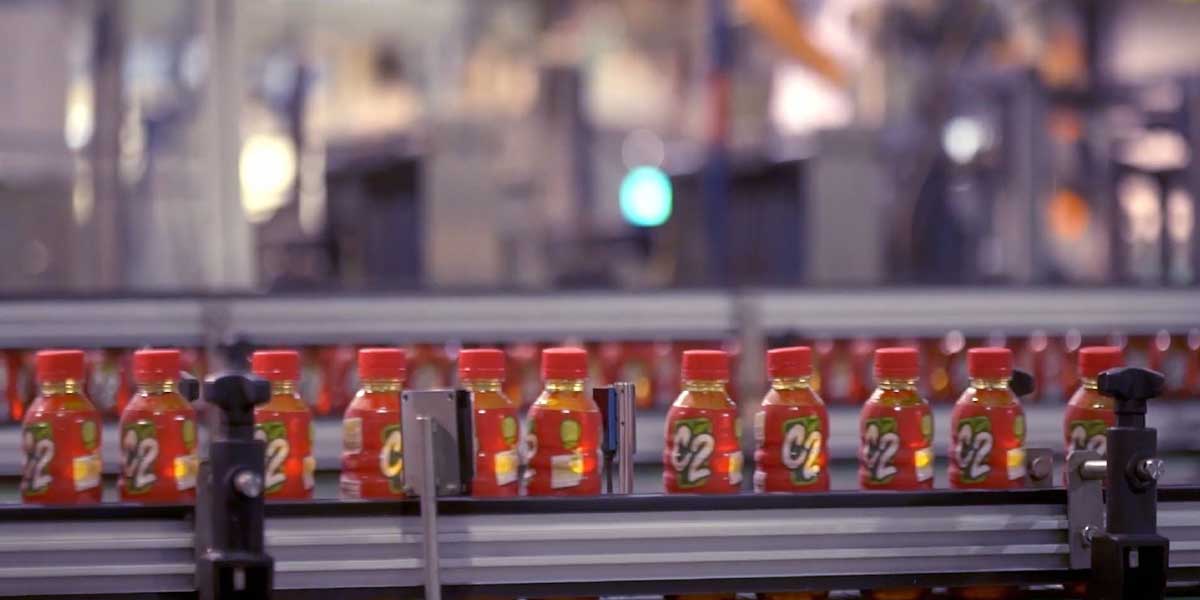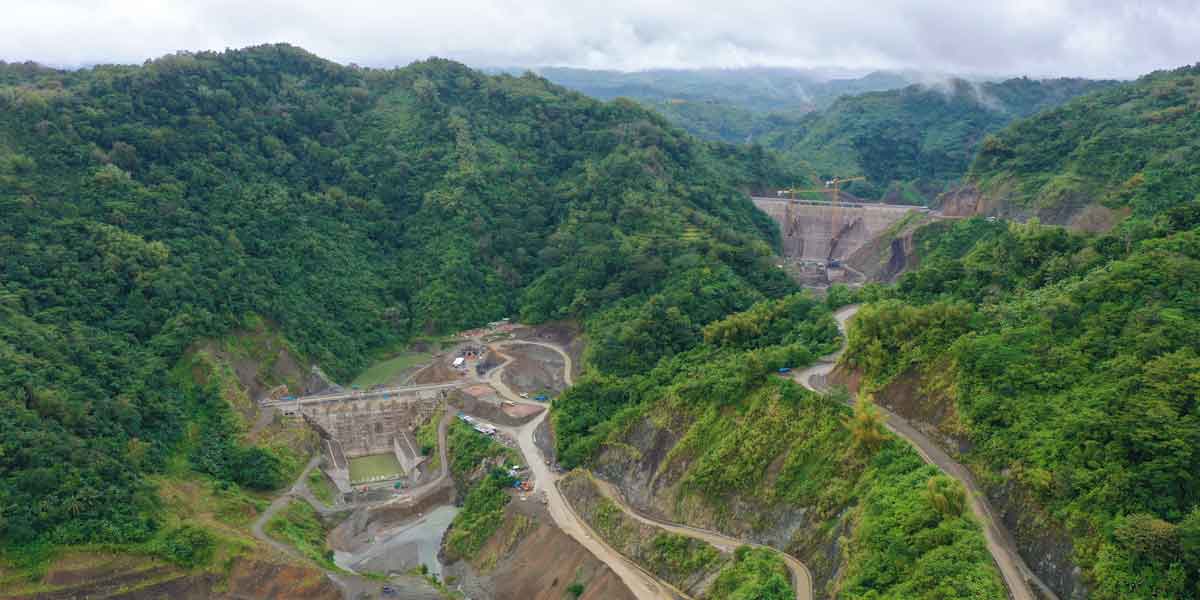
Universal Robina Corp. (URC), one of the country’s biggest food firms, has managed to save over 11 million cubic meters of water since 2018 through various water conservation initiatives integral to its corporate social responsibility.
“We recognize that water is a non-renewable resource, and that it is an essential input material in the production of our products,” said URC chief executive officer Irwin Lee.
Lee said URC has saved enough water over the past four years to fill 4,600 Olympic-size swimming pools.
Last year (2021), the company managed to recycle over 860,000 cu m., enough to cover the water needs of 2.26 million people for a day.
These were all achieved via URC’s reduce, reuse and recycle program meant to optimize water use.
URC has been reducing its water consumption by fixing leaks, replacing pipes with more durable materials like stainless steel, eliminating production wastage, improving the efficiency of its water treatment facilities, and using rainwater harvesting methods.
It reuses water when cleaning pallets, watering plants and flushing toilets.
It recycles water meant for washing critical raw materials used in its products, such as unpeeled potato, as well as for its cooling towers.
URC also has a slew of programs to protect key watersheds.
It has company-wide environmental stewardship initiatives, including reforestation programs, coastal, river and drainage clean-up drives, and mangrove-planting activities.
Last year, some 7,600 seedlings were planted across different sites through URC’s partnerships with local government units and the Department of Environment and Natural Resources (DENR).
The company’s Sugar and Renewables Group, meanwhile, has signed a memorandum of agreement with the DENR to adopt a 3-hectare forest in Manjuyod town in Negros Oriental, and another 5 hectares in San Enrique, Iloilo.
It has plans to adopt more watersheds and forests.
C2 maker Universal Robina Corporation has saved over 11 million cubic meters of water since 2018 through various water conservation initiatives.























